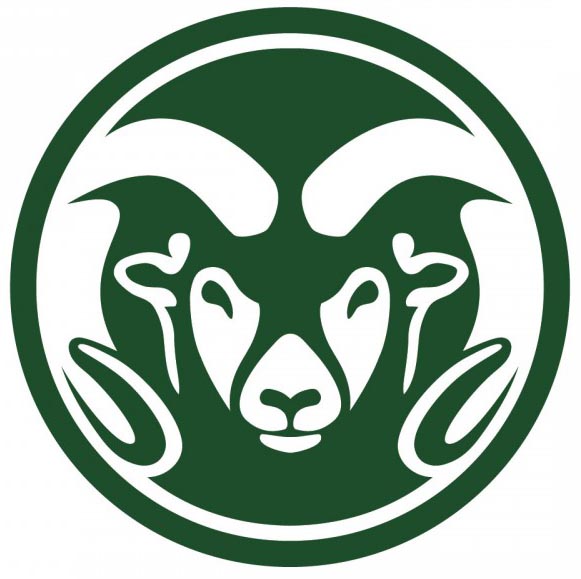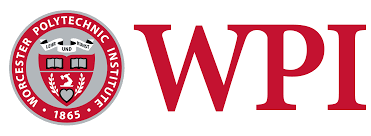Dept. of Electrical & Computer Engineering, Colorado State Univeristy

 Our network recovery techniques accurately predict missing data with low error values while preserving original network characteristics. We also developed ways to represent and store networks in coherent yet compressed fashion that preserve the original network characteristics for uncompromised network experiments.
Our network recovery techniques accurately predict missing data with low error values while preserving original network characteristics. We also developed ways to represent and store networks in coherent yet compressed fashion that preserve the original network characteristics for uncompromised network experiments.
Feel free to contact us if you have any questions about our research and findings. We also welcome your feedback.
Department of Electrical & Computer Engineering,
1373 Campus Delivery,
Colorado State University,
Fort Collins,
CO 80523, USA
Tel +1-970-491-7974
Fax +1-970-491-2249
© 2019 CNRL. All Rights Reserved
